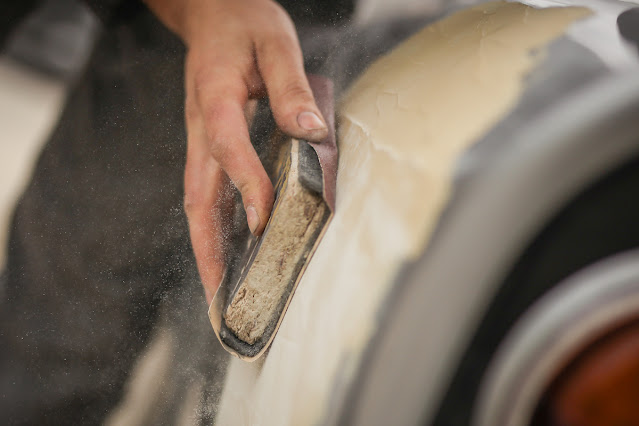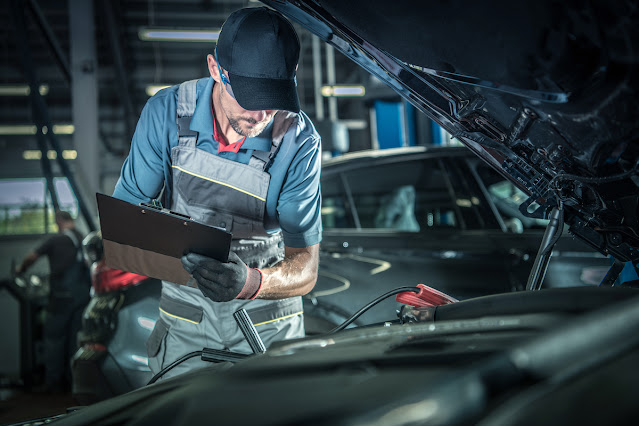Knowing the history of your next vehicle can also help you when it comes to shopping smarter and doing a visual inspection before signing on the dotted line can go a long way. However, there's one notorious type of damage that can be difficult to spot. Flood damage. You've likely heard of it, but do you know how to spot it and protect yourself from purchasing a car affected by it? If not, Toyota of Orlando is here with a guide to help you out!
Flood Damage Can Make or Break Your Ride
Flood damage is one of the worst complications that can befall a used car. It affects just about every area of your Orlando Toyota car. Everything from the carpet to engine compartment becomes damaged when a vehicle is submerged or takes on too much water. This commonly happens due to natural disasters like hurricanes and flash floods. Water can also enter and travel up your tailpipe through your exhaust system to the engine and cause permanent damage even when traveling through smaller bodies of water. In most cases vehicles like these are deemed "flooded" or "salvaged" on their titles if there are ever to be resold, but that rule isn't standard for every state. Plus, many vehicle history reports can't accurately determine if an Orlando used car is flooded unless it's disclosed on the title. So, long story short, you could wind up purchasing a flooded lemon if you're not careful.
Luckily, with a trained eye for what to look for, you can spot signs of flood damage easily. Here are a few things you should keep an eye out for:
Visible Rust
For the most part your used car has been treated with paint and other substances to prevent rust from forming on the metal surfaces. But, areas like the underside of seats, under the pedals, and some areas of the engine compartment are not treated and can form rust if exposed to too much moisture for an extended period of time. In the case of flood damage, these areas will likely have rusted and are a dead giveaway.
Moldy or Musty Smelling Interior
Your future Orlando car might have a nice smelling interior, or it could be moldy or musty smelling if it's been exposed to excessive moisture. Another obvious sign of flood damage on a used car is the use of an excessive amount of air freshener. If your future interior smells like it took an italian shower, start asking questions.
Fogged Instrument Clusters, Gauges, and Exterior Lights
Water shouldn't enter parts like your head and tail lights or your interior gauges and instrument clusters. If these parts have been exposed to moisture from flood damage, you'll likely be able to spot the visible water line or water droplets in the cluster.
New or Mismatched Interior Upholstery
In most cases, no matter how many ketchup stains or soda spills our seats and carpets endure, you won't need to replace pieces of your interior throughout the life of your car. If you notice mismatched or interior upholstery or new carpet in an Orlando used car, it was likely flooded at one point in time.
Mud in the Trunk or Engine Block
Obviously mud and dirt don't belong in the trunk and engine block and can only get there in the event of flooding.
Shop for a Reliable and Quality Used Car with Toyota of Orlando
At Toyota of Orlando we have an amazing selection of used cars in our inventory that include great warranties and are checked before making it to the lot. Ready to shop? Check out our full inventory online or visit the dealership seven days a week at 13429 Statesville Road.







